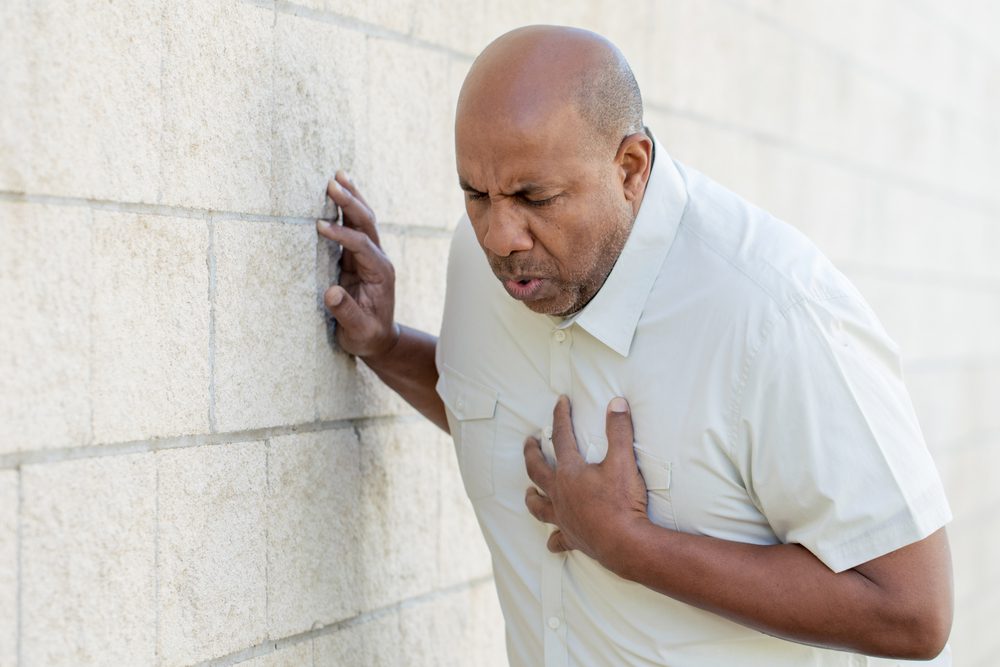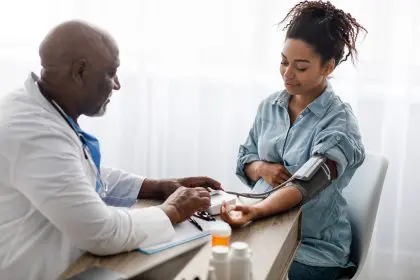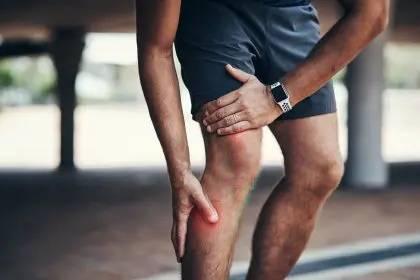When someone clutches their chest and struggles to breathe, every second counts. Emergency room physicians emphasize that the actions taken in the first few minutes of a suspected heart attack can mean the difference between life and death. While waiting for medical help to arrive, these seven critical steps could help save someone’s life.
Recognizing the warning signs
Before diving into the emergency response steps, it’s crucial to understand what a heart attack looks like. Emergency room data shows that many people hesitate to act because they’re unsure if someone is really having a heart attack.
Key warning signs include chest pain or pressure that may spread to the arms, neck, or jaw, shortness of breath, cold sweats, nausea, and lightheadedness. Women often experience less obvious symptoms, such as fatigue, indigestion, or what feels like anxiety.
The seven critical response steps
- Make the emergency call
The moment you suspect a heart attack, call emergency services. Emergency response data shows that patients who receive professional medical care within the first hour have the highest survival rates.
Tell the dispatcher your exact location and describe the person’s symptoms in detail. Stay on the line – dispatchers often provide life-saving instructions while help is on the way.
- Help them find a comfortable position
Heart attack survivors often recall that sitting slightly upright with knees bent helped them breathe more easily. This position reduces strain on the heart while keeping airways open.
Avoid letting the person lie completely flat unless they lose consciousness. If they’re sitting in a chair, have them stay there rather than trying to move to another location.
- Create breathing space
Tight clothing can restrict breathing and increase anxiety during a heart attack. Loosen tight collars, ties, belts, and any constrictive clothing around the chest or waist.
Remove the person from cramped spaces if possible, ensuring they have fresh air. However, avoid unnecessary movement that could put extra strain on their heart.
- Consider aspirin therapy
If the person isn’t allergic to aspirin and isn’t at risk for bleeding, emergency physicians recommend having them chew one regular adult aspirin. Chewing the aspirin, rather than swallowing it whole, helps it work faster.
Emergency room statistics show that early aspirin administration can reduce heart attack severity by helping to break up potential blood clots.
- Watch their vital signs
Monitor the person’s breathing and consciousness level. If you know how to check a pulse, do so every few minutes and keep track of any changes.
Write down the times when you notice any changes in their condition. This information helps emergency medical teams understand how the situation has progressed.
- Prepare for worst-case scenarios
If the person becomes unresponsive and stops breathing normally, cardiopulmonary resuscitation (CPR) becomes critical. Current emergency guidelines recommend hands-only CPR for untrained bystanders.
Push hard and fast in the center of the chest, allowing the chest to fully rebound between compressions. Aim for about 100-120 compressions per minute – the rhythm of the disco song “Stayin’ Alive” provides the perfect tempo.
- Maintain supportive presence
Stay with the person until emergency medical help arrives. Your presence helps keep them calm and allows you to monitor any changes in their condition.
Avoid giving them anything to eat or drink, as this could lead to complications if emergency surgery becomes necessary.
The role of emotional support
During a heart attack, emotional state can significantly impact physical condition. Cardiologists note that stress and panic can increase heart rate and blood pressure, potentially worsening the situation.
Time matters most
Emergency medicine specialists emphasize that the faster someone receives treatment, the better their chances of survival and recovery. Every minute without treatment allows more heart tissue to sustain damage.
Special considerations for different groups
Heart attacks can present differently in various populations. Women often experience less obvious symptoms, while elderly individuals might attribute symptoms to other health conditions.
After emergency services arrive
Once medical professionals take over, provide them with any information you’ve gathered about the person’s symptoms and the timeline of events. This helps them make quick, informed decisions about treatment.
Prevention and preparation
While this article focuses on emergency response, cardiologists stress the importance of prevention and preparation. Knowing the risk factors and warning signs before an emergency occurs can save precious time.
The impact of quick action
Statistics from cardiac care units show that patients who receive treatment within the first hour of symptom onset have significantly better outcomes than those who wait longer to seek help.
Building confidence in emergency response
Emergency medical professionals recommend that everyone learn basic life support skills. Many community centers and hospitals offer courses that can help people feel more confident in responding to cardiac emergencies.
Creating an emergency action plan
Having a plan in place before an emergency occurs can help you respond more effectively. This includes knowing emergency numbers, keeping aspirin accessible, and being aware of nearby emergency medical facilities.
The role of automated external defibrillators
While not always available, automated external defibrillators (AEDs) in public places can significantly improve survival rates. Learn to recognize these devices and don’t hesitate to use them if available – they provide clear voice instructions.
Recovery and rehabilitation
Understanding what happens after a heart attack can help you provide better support during the emergency. The actions taken in those first critical moments influence not just survival but also long-term recovery outcomes.
Supporting heart attack survivors
For those who experience or witness a heart attack, the emotional impact can last long after the physical crisis passes. Emergency response experts emphasize the importance of seeking support and counseling when needed.
Looking to the future
Medical advances continue to improve heart attack survival rates, but immediate response remains crucial. Staying informed about the latest emergency response guidelines can help you provide the best possible care in a crisis.













